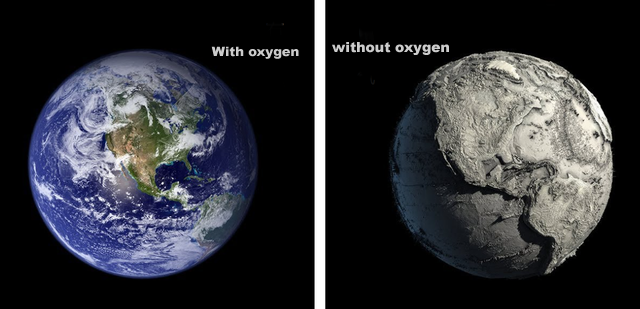The earth was born more than 4 billion years ago, when it was very different from the earth of today, one of which is that the environment of cosmic space is more different. Because the solar system had only been in existence for a short time at that time, it was chaotic within the solar system, with a large number of asteroids drifting everywhere, many of which had already been bounced to the edge of the solar system by the planet's powerful gravity, and many of which were also attracted to the planet by its powerful gravity and had impact events. Later, as time continued, most of the asteroids in our solar system were wiped out by the planets, which created a good condition for the earth to nurture life. Imagine if asteroids hit the earth regularly, would we humans still be able to live in peace and develop technology? Obviously not.
Another thing is that the earth's surface environment is very different. Although the earth is now very suitable for life, at the beginning of the earth's existence it was no different from 'purgatory'. The surface of the earth may have been covered by oceans of magma, and some gases rose from these boiling oceans of magma, creating an atmosphere that may have been poisonous, not with the oxygen of today, but with gases such as methane. Later, the temperature of the earth's surface gradually dropped and that magma slowly turned into hard ground, creating the conditions for the earth to nurture life.
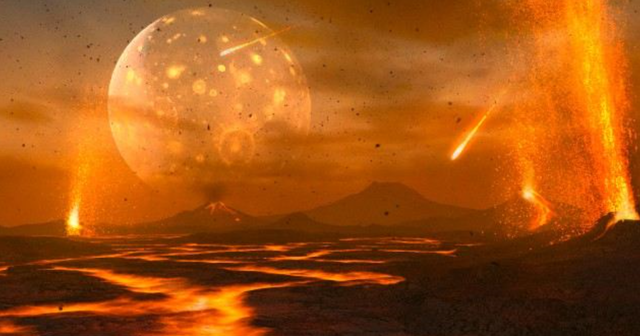
The most primitive microorganisms appeared on earth some three billion years ago. These microorganisms may have appeared naturally in a particular environment, or some asteroids or comets may have brought the seeds of life to earth, when the earth's environment was already suitable for the emergence of life, and so the origin of life emerged. Of course, scientists have not found the answer to the question of what the origin of life on earth was like for the time being. All we can know is that life on earth evolved slowly from primitive microorganisms, and although life appeared on earth in the early days, the oxygen content in the atmosphere was very low, so early life was very primitive.

Early land plants may have contributed to today's oxygen-rich atmosphere
Life on earth has slowly evolved in more complex and advanced directions, from the earliest microbes to algal organisms to the complex ecosystems of today. Some believe that around 2.4 billion years ago, the earth was flooded with algal plants that photosynthesised and produced large amounts of oxygen, causing the oxygen content of the earth's atmosphere to rise rapidly. This was the famous 'atmospheric oxidation event', and the increase in oxygen levels in the earth's atmosphere made it possible for complex animals to emerge, as none of them could photosynthesize and without the algae producing this oxygen, animals would essentially be unable to exist.
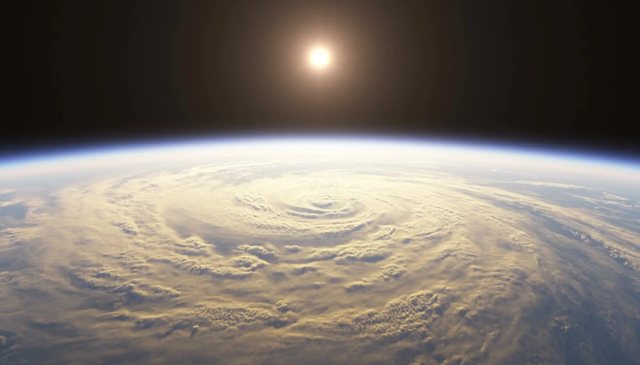
Oxygen in the early days of the earth came mainly from algal plants, and these primitive algae did not actually produce much oxygen, and the oxygen content of the atmosphere was only 1% of what it is today, but the increase in oxygen allowed eukaryotes to emerge on earth. The earliest terrestrial plants appeared on earth some 470 million years ago, and the appearance of these terrestrial plants further increased the level of oxygen in the earth's atmosphere, a second oxidation event on earth that first established a new, stable oxygen cycle. Of course, the oxygen content of the earth's atmosphere is not fixed; it is now around 21%, but over the past 500 million years it has fluctuated between 10% and 35%, meaning that at its peak it could reach 35%.

Atmospheric oxygen levels may revert to 2.4 billion years ago
As the level of oxygen in the earth's atmosphere is not fixed, it is affected by many factors, meaning that in the future the level of oxygen in the earth's atmosphere could be higher or lower than 21%. There are some studies that suggest that the earth may undergo a subversive shift and atmospheric oxygen levels may return to 2.4 billion years ago, what is going on? If the earth's atmospheric oxygen levels return to the levels of 2.4 billion years ago, can human civilisation still exist?
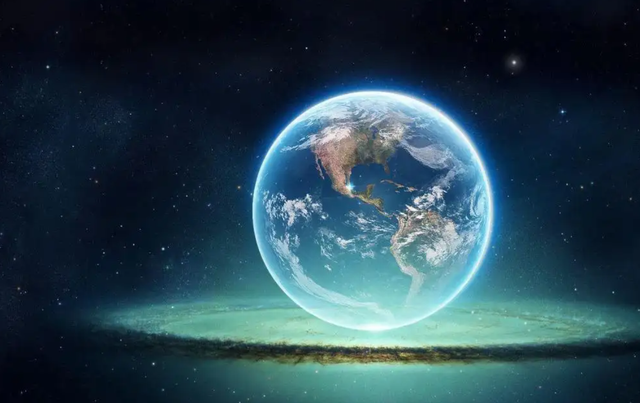
We have just mentioned that although oxygen was present in the earth's atmosphere during the first oxidation event 2.4 billion years ago, the oxygen produced by algae at that time was basically consumed by those reducing gases through oxidation, so the oxygen content of the atmosphere at that time was only 1% of what it is now. Such a low oxygen content is obviously unsuitable for human survival, and if this were to happen, then human civilisation could come to an end.
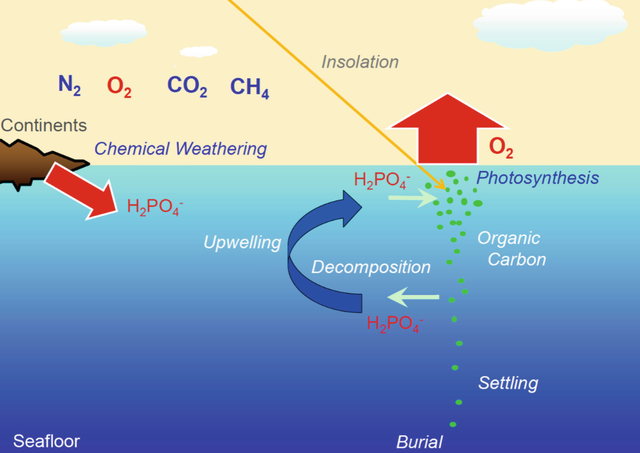
According to a study published in the top journal nature geoscience, researchers have carried out a detailed modelling analysis of the earth's biosphere to examine how changes in atmospheric oxygen levels would affect life on earth. This study suggests that as the sun's brightness and temperature continue to rise, the amount of heat received by the earth will also continue to rise, at which point the gases in the earth's atmosphere will be broken down, meaning that all gases, including carbon dioxide, may be broken down and the amount of carbon dioxide in the atmosphere will fall. Plants cannot photosynthesise without sunlight, nor can they do so without carbon dioxide. If carbon dioxide is broken down in large quantities, then the photosynthesis of plants will inevitably be affected, there will be a mass die-off of plants and the amount of oxygen produced will be drastically reduced. When the oxygen content of the atmosphere drops dramatically, anaerobic microorganisms will multiply, releasing large amounts of methane as they do so.
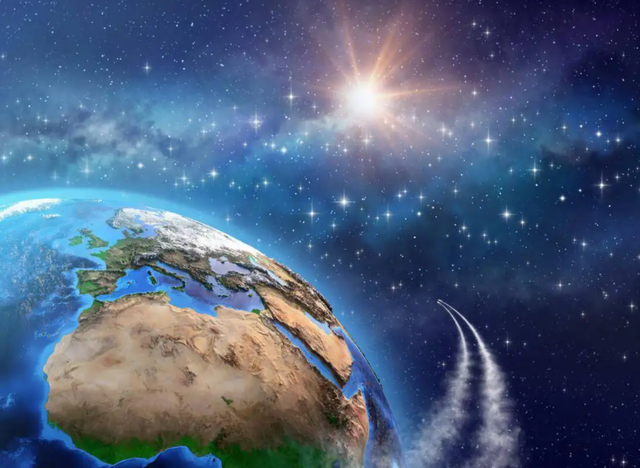
In light of the findings of this study, scientists have warned that the earth's atmospheric oxygen levels could return to the levels that existed before the first oxidation event, when methane was the dominant component of the earth's atmosphere.
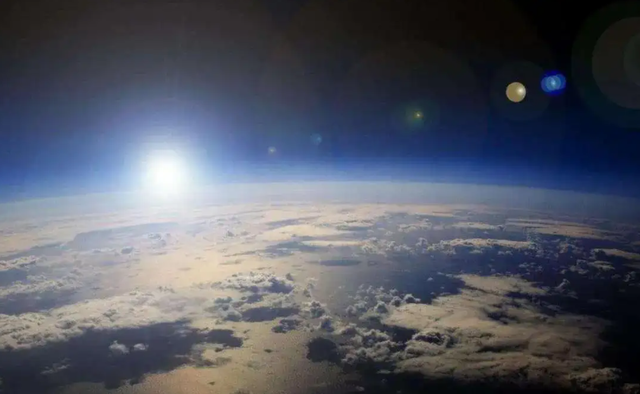
Oxygen did not exist in the early days of the earth, so early life on earth was very primitive. Later, as some algae appeared, the conditions were created for more advanced life to emerge, and after those land plants appeared, the oxygen content of the earth's atmosphere slowly increased to current levels, creating the conditions for human civilisation to emerge. However, the level of oxygen in the atmosphere is not constant and can be influenced by a variety of factors. For example, the article mentions that researchers' simulations have found that the oxygen content of the earth's atmosphere could drop to levels that existed 2.4 billion years ago in the future. However, this is only the conclusion of the scientists' simulations, and the process of oxygen change on earth is very long, even if the earth may become "Oxygen-deficient" In the future, this process will certainly take millions, hundreds of millions of years or even longer. This is long enough for human beings to achieve interstellar migration. So, even though the earth may become an unlivable planet in the future, human civilisation will not necessarily come to an end.


